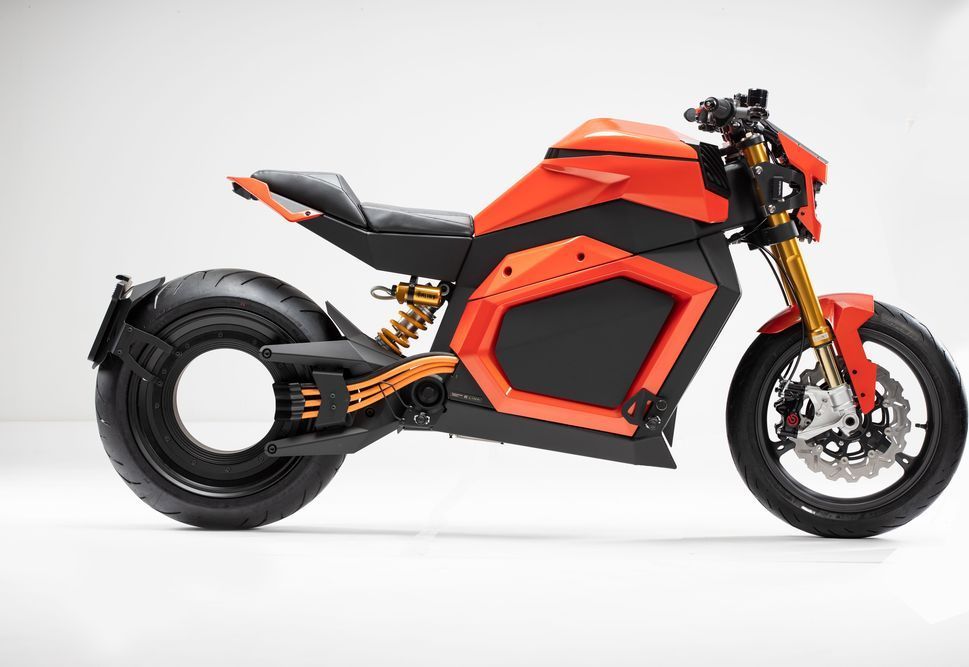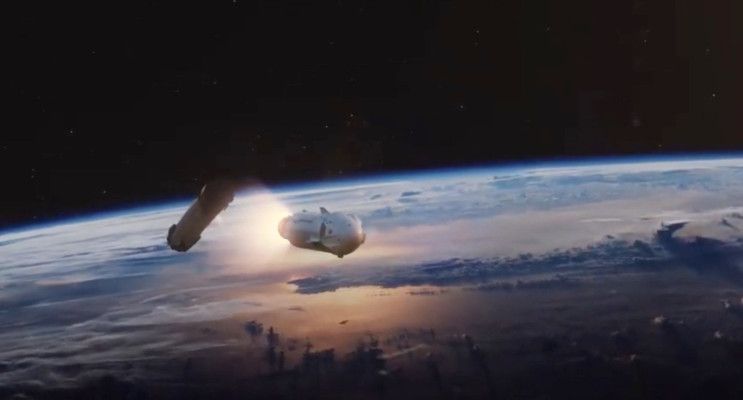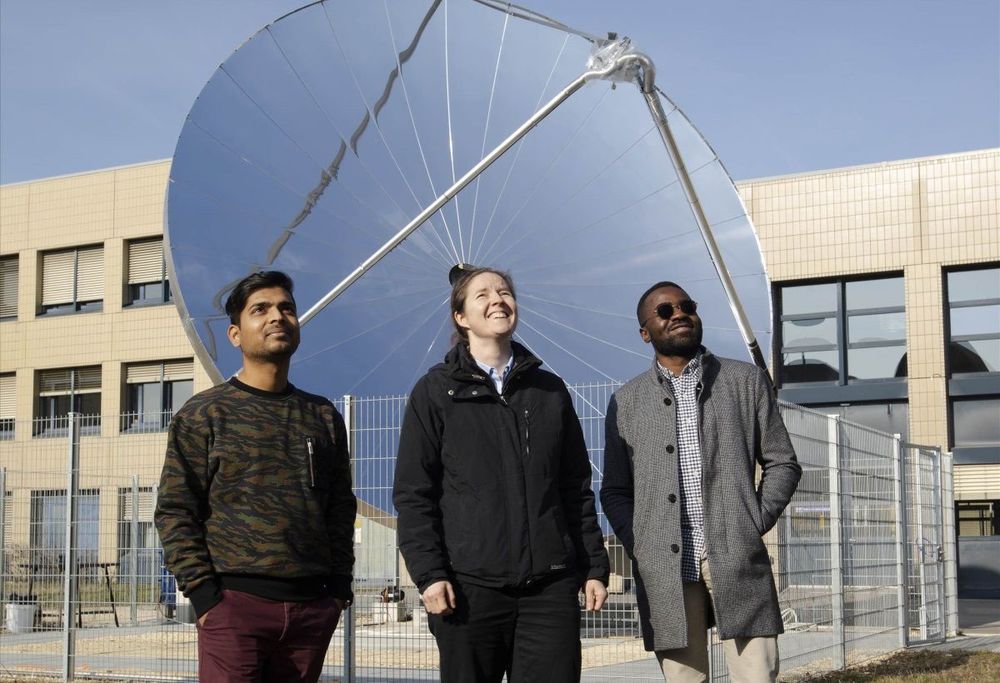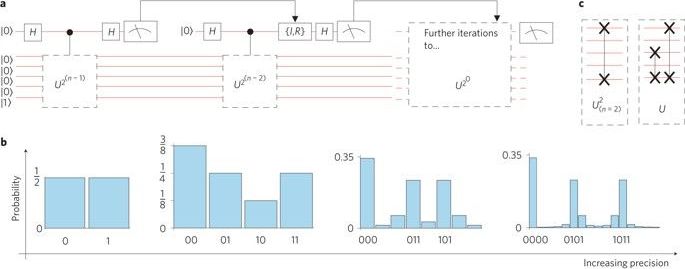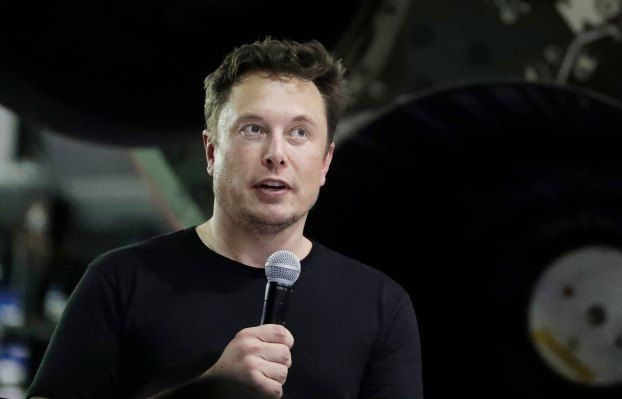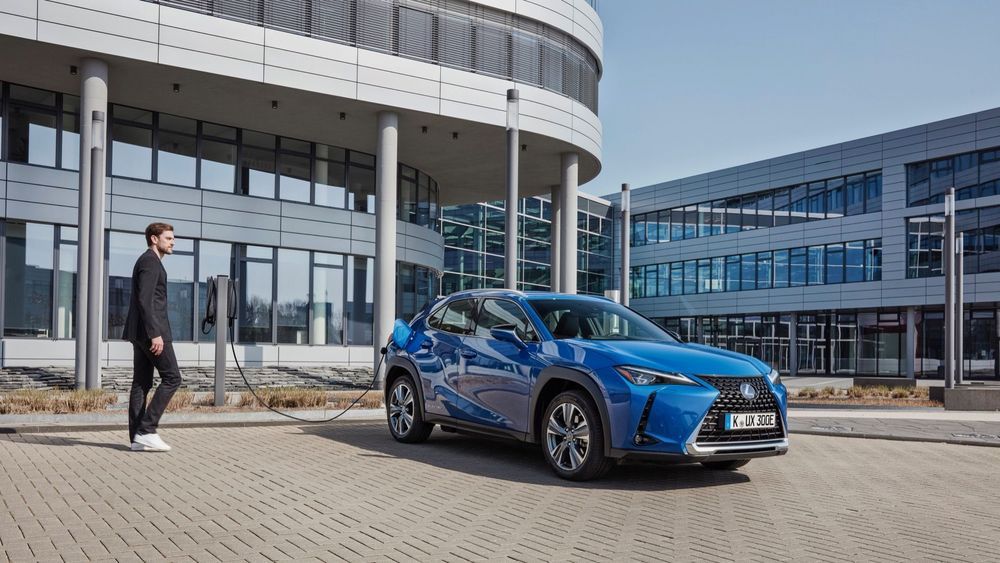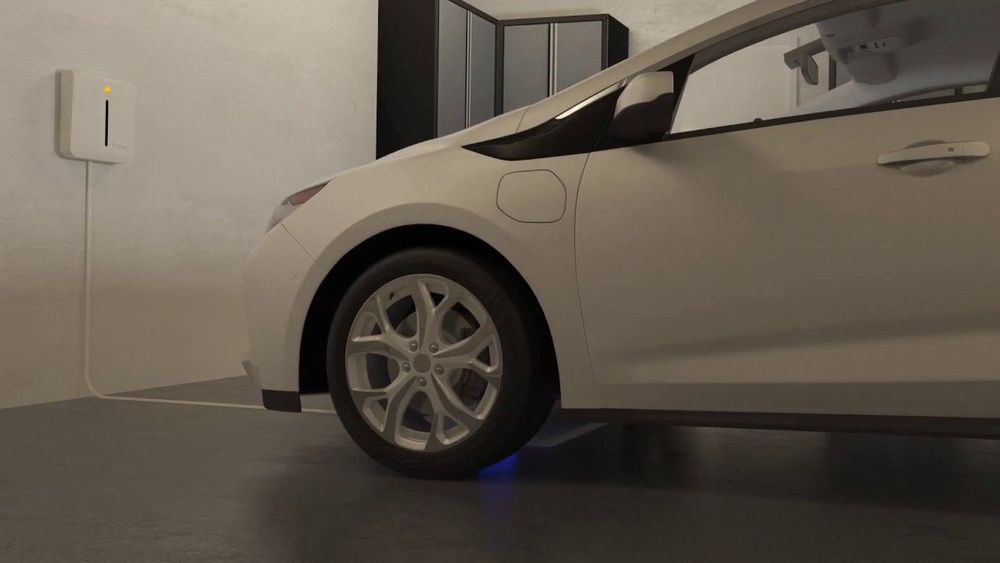You can now order yourself a Finnish electric motorcycle with lots of torque, lots of range and a very unique look. Oh, and it’s also got a jaw-dropping, gaping hole where the middle of the back wheel would normally be.
We first saw this fancy Finnish design back in 2018. At that stage, it was known as the RMK E2, although since it made its public debut, the company has changed its name to Verge and the bike is now known as the TS.
Now, it’s ready for production and we can put some final numbers to it. The centerless hub motor that constitutes the rear wheel will deliver 80 kW (107 horsepower) and 1,000 Nm (738 lb-ft) of torque. According to Verge, that’ll get you to 100 km/h (62 mph) in less than 4 seconds, which is plenty quick but will see the back of a well-ridden superbike.
